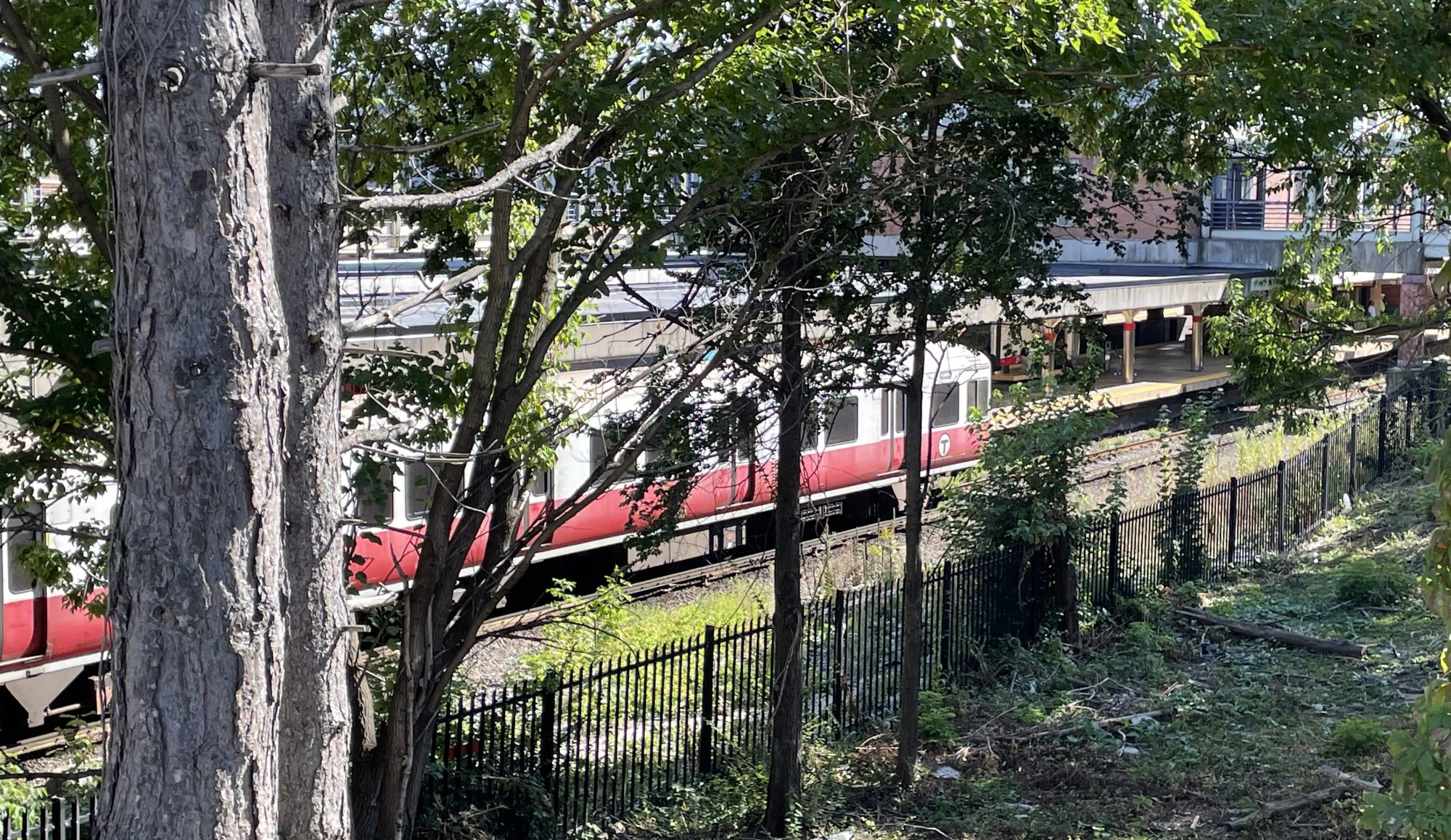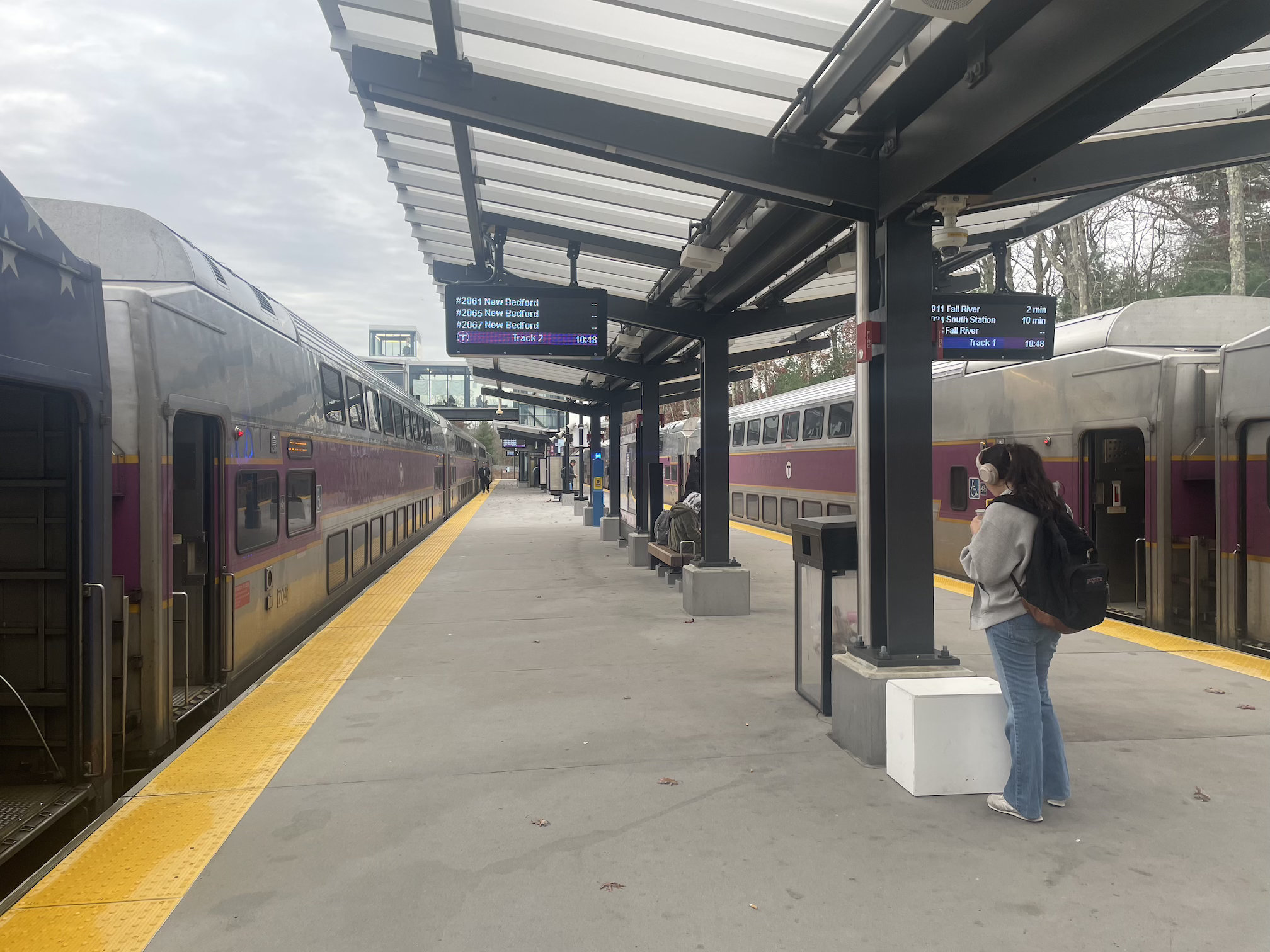A 24-day closure of the Red Line's Braintree branch ended this morning, and according to preliminary data from the MBTA's speed restriction dashboard, the closure managed to repair roughly half of the remaining slow zones across the T's rapid transit network.
T officials report that crews replaced over 13 miles' worth of rail and over 17,000 rail ties during the closure.
The work restored a "state of good repair" between the JFK/UMass station and the end of the line in Braintree, and eliminated 37 slow zones where track problems had previously forced trains to slow to a crawl.
T officials report that now that those slow zones are gone, very round-trip on this segment of the Red Line should now run 24 minutes faster than it did a month ago.
“I couldn’t be prouder of the workforce that supported and delivered long awaited work for our riders on the Red Line Braintree Branch this month. Hundreds of on-site workers replaced nearly 70,000 feet of rail and over 17,000 ties on the Braintree Branch, nearly doubling the amount of ties replaced during the entire systemwide Track Improvement Program,” said MBTA General Manager Phillip Eng in a press statement issued Monday afternoon.
A small handful of slow zones still remain on the Red Line, according to the MBTA's official slow zones reporting dashboard.
Two slow zones remain on the Red Line's southbound tracks between Central and Kendall in Cambridge, plus three more between Andrew and JFK/UMass in South Boston.
The T is planning two more week-long partial Red Line closures – one between Broadway and North Quincy, and another between Harvard and Park – to fix those remaining slow zones in December.
As reported previously, the work on the Braintree branch also laid the groundwork to increase maximum speeds on this segment of the Red Line from 40 to 50 mph, which could shave another 1-2 minutes from the 9-mile trip between Braintree and the JFK/UMass station.
MBTA officials say that while the infrastructure is now in place to support faster speeds, the agency still needs to adjust schedules and conduct additional training for train operators before operating speeds increase further.






